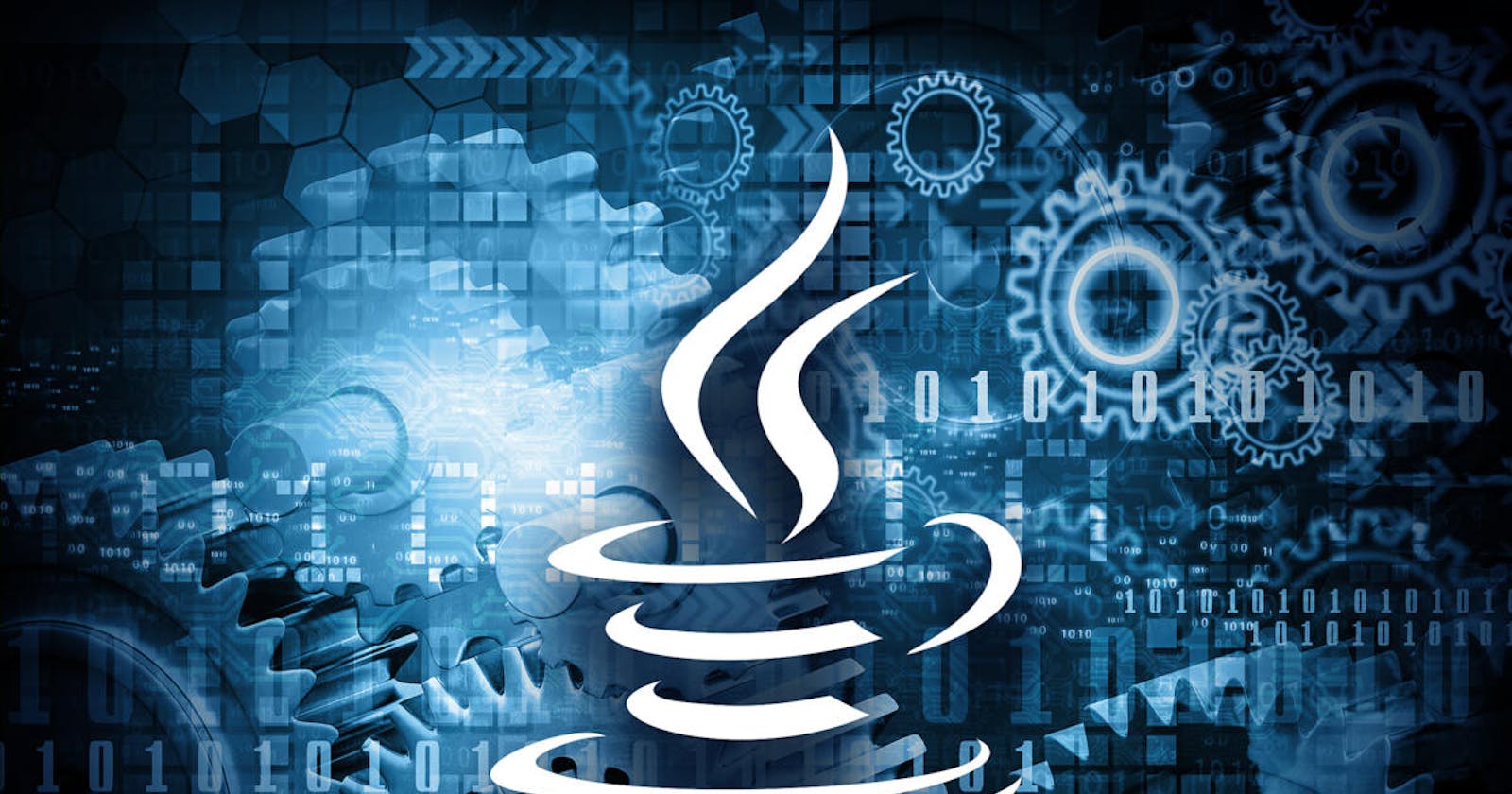Serialization is a mechanism to convert the state of the object into a byte stream and deserialization is a reverse mechanism where the byte stream is used to recreate the actual object.
The mechanism is used to persist the object state

The byte stream which is created is a platform independent so that it can be deserialized in any platform.
Note : only those objects can be serialized which are implementation java.io.serializable interface, this interface is a marker interface and has no members and methods.
Note 2: Static data member and transient members are not serialized
// Java code for serialization and deserialization
// of a Java object
import java.io.*;
class Demo implements java.io.Serializable
{
public int a;
public String b;
// Default constructor
public Demo(int a, String b)
{
this.a = a;
this.b = b;
}
}
class Test
{
public static void main(String[] args)
{
Demo object = new Demo(1, "geeksforgeeks");
String filename = "file.ser";
// Serialization
try
{
//Saving of object in a file
FileOutputStream file = new FileOutputStream(filename);
ObjectOutputStream out = new ObjectOutputStream(file);
// Method for serialization of object
out.writeObject(object);
out.close();
file.close();
System.out.println("Object has been serialized");
}
catch(IOException ex)
{
System.out.println("IOException is caught");
}
Demo object1 = null;
// Deserialization
try
{
// Reading the object from a file
FileInputStream file = new FileInputStream(filename);
ObjectInputStream in = new ObjectInputStream(file);
// Method for deserialization of object
object1 = (Demo)in.readObject();
in.close();
file.close();
System.out.println("Object has been deserialized ");
System.out.println("a = " + object1.a);
System.out.println("b = " + object1.b);
}
catch(IOException ex)
{
System.out.println("IOException is caught");
}
catch(ClassNotFoundException ex)
{
System.out.println("ClassNotFoundException is caught");
}
}
}
Output :
Object has been serialized
Object has been deserialized
a = 1
b = geeksforgeeks

